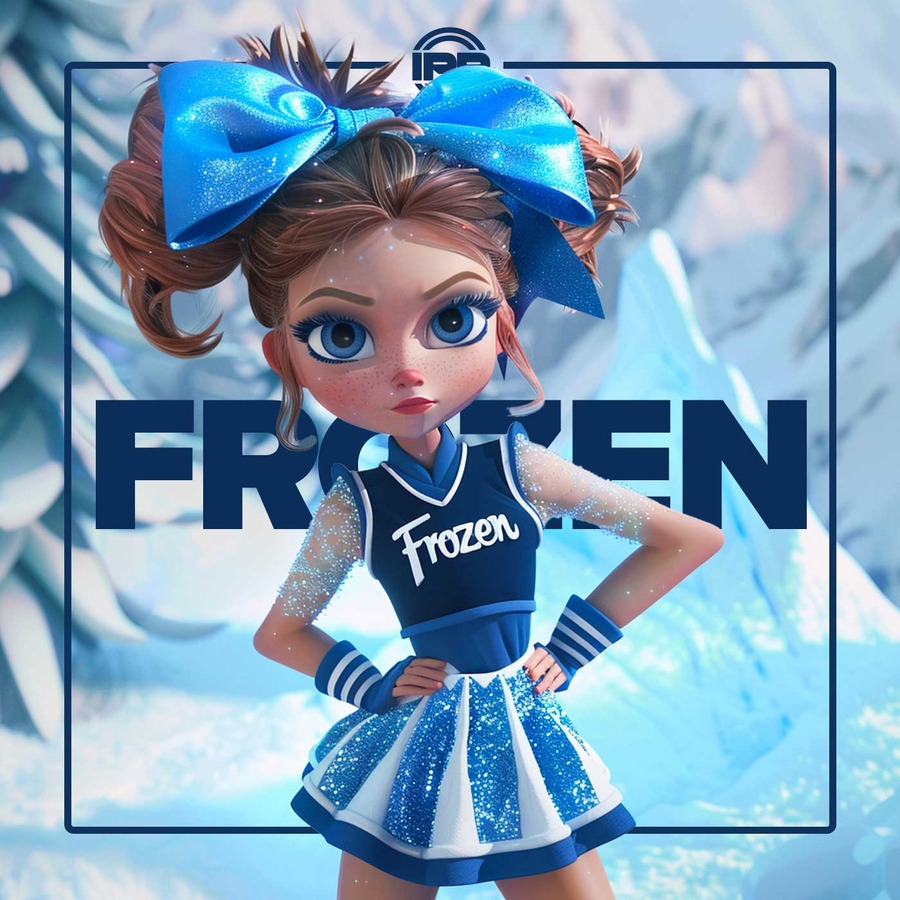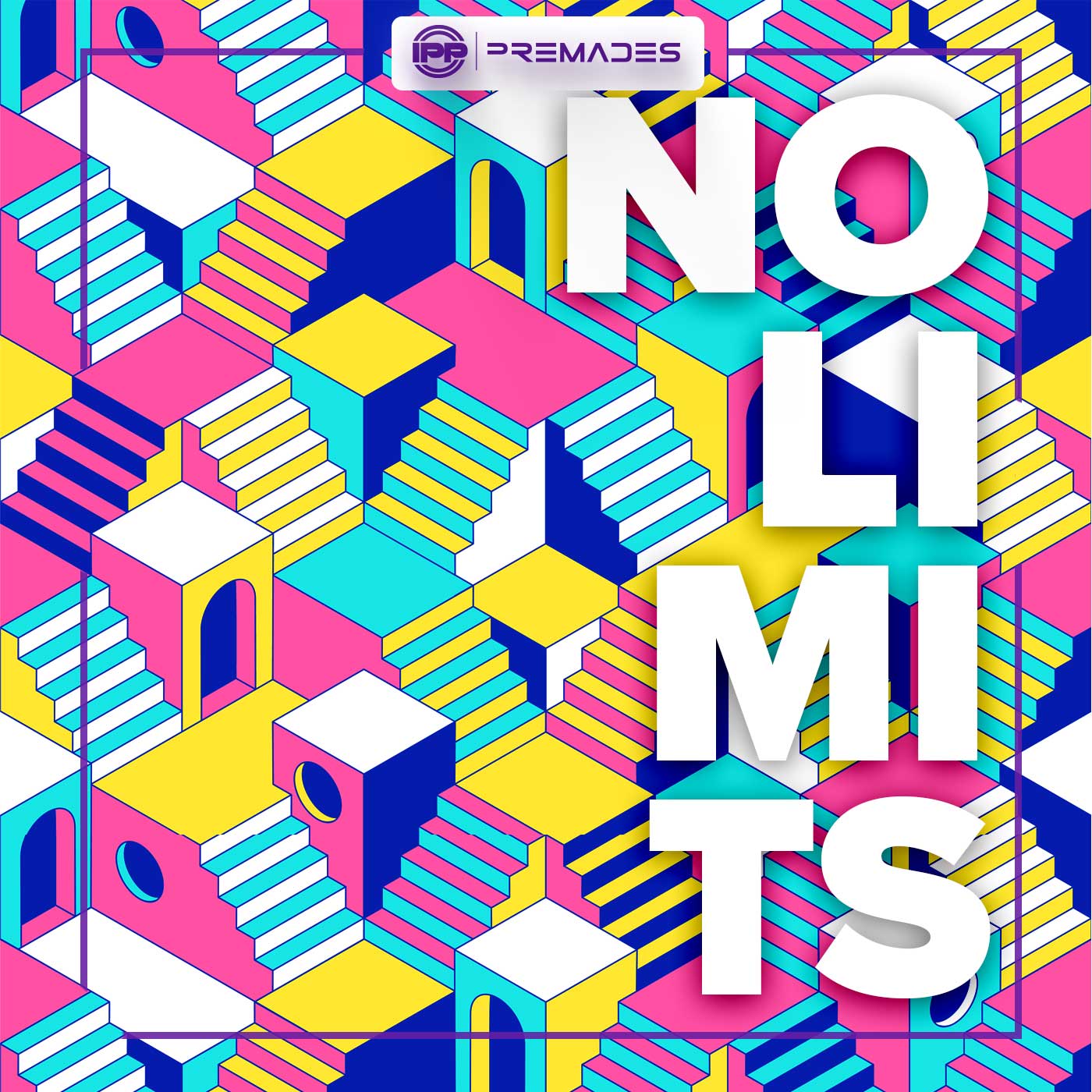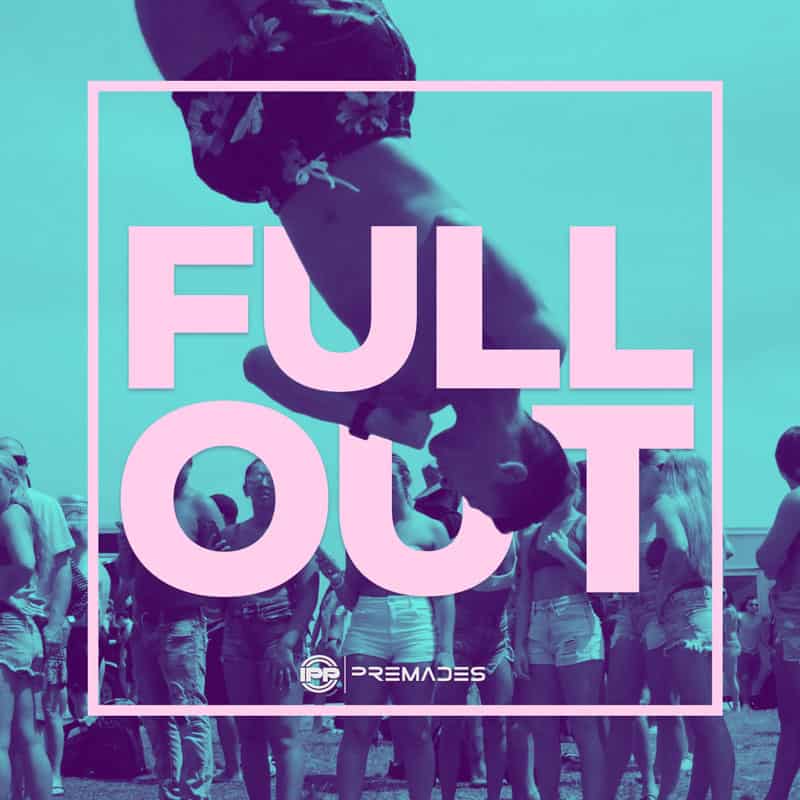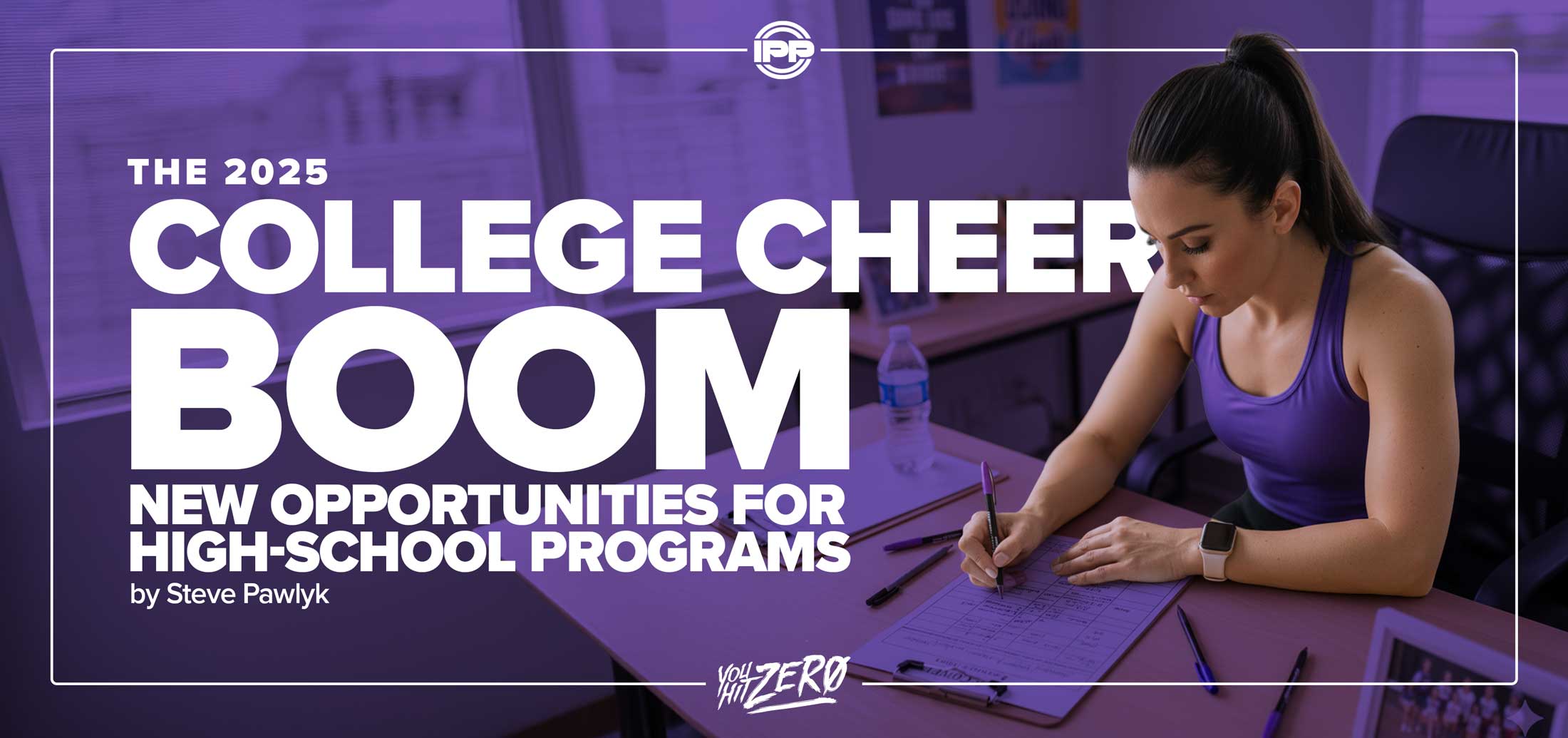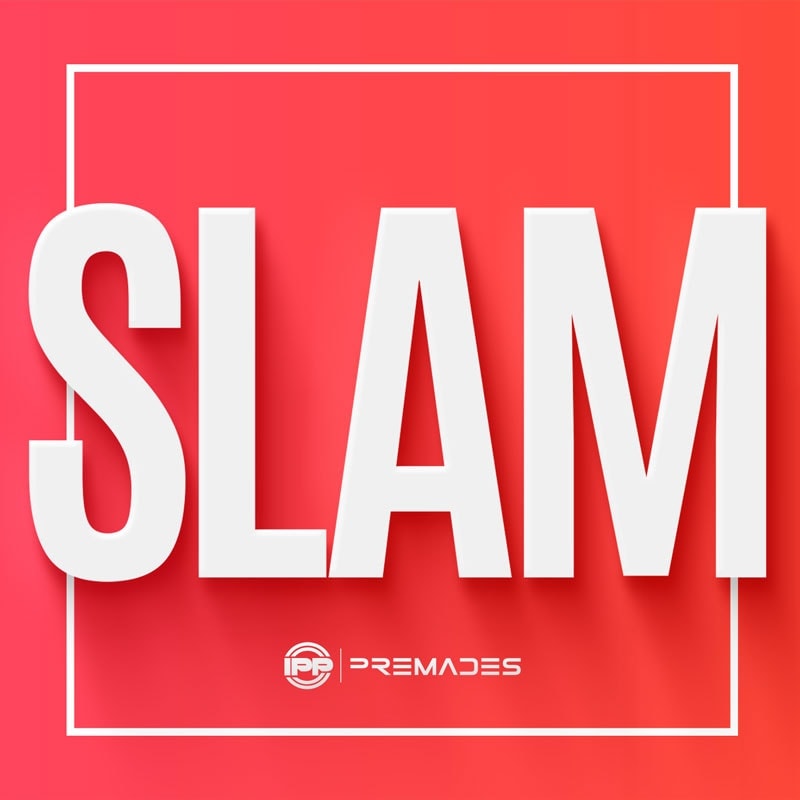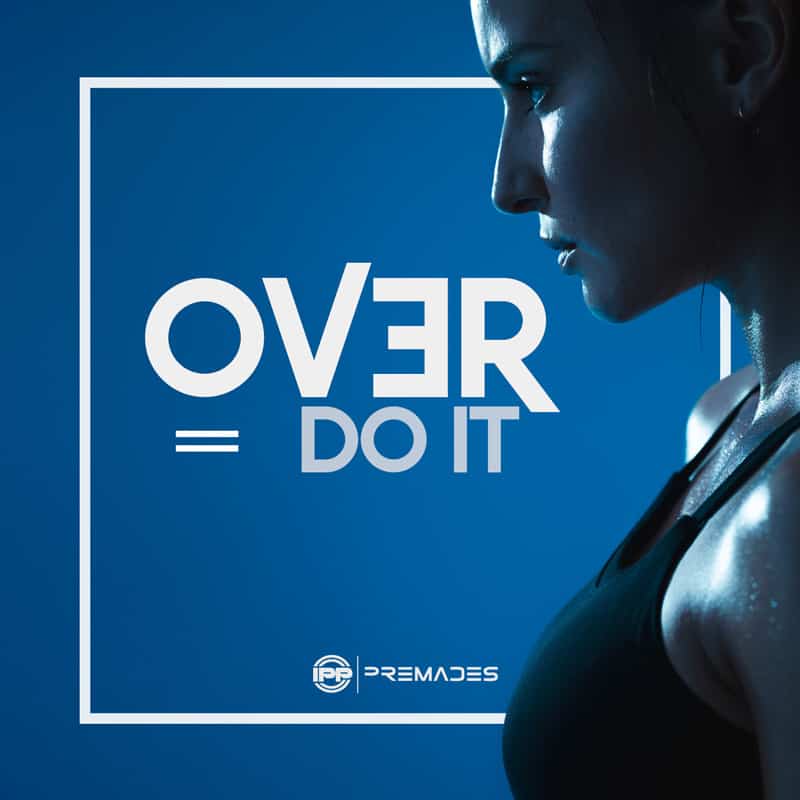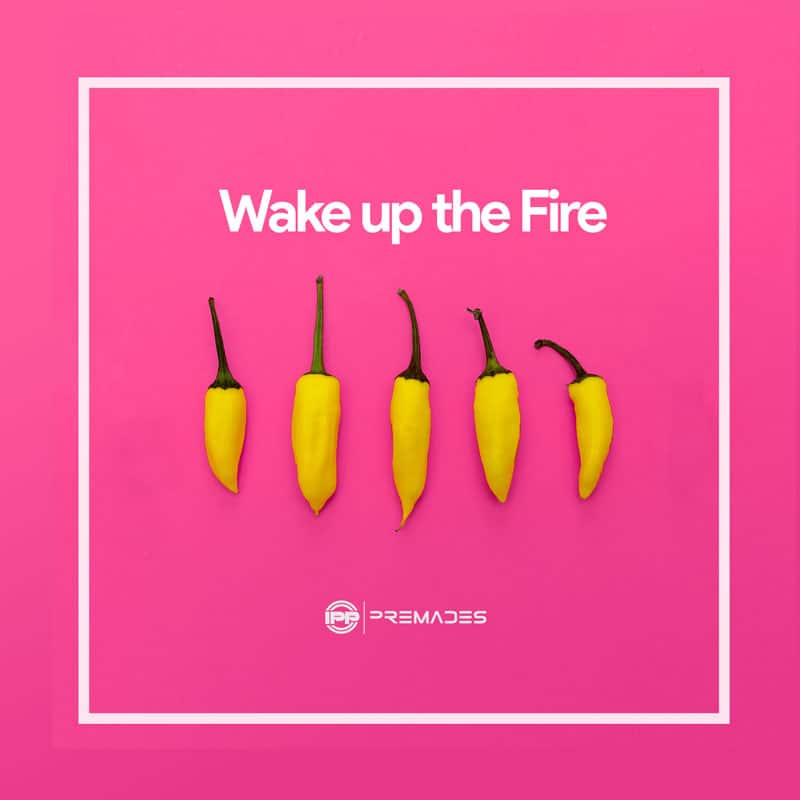Coaching, Featured, High School, Tips
The College Cheer Boom: New Opportunities for High-School Programs
By Steve Pawlyk
Published November 5, 2025
Across the US, more colleges are expanding or relaunching competitive cheer programs. St. Philip’s College just introduced a stomp-and-shake squad that celebrates HBCU culture, and the University of the Pacific, is now rebuilding its cheer presence after years away. These moves mark a cultural and competitive shift: the college cheer landscape is diversifying, and that means every high-school and all-star coach needs to rethink how they’re preparing athletes for what’s next.
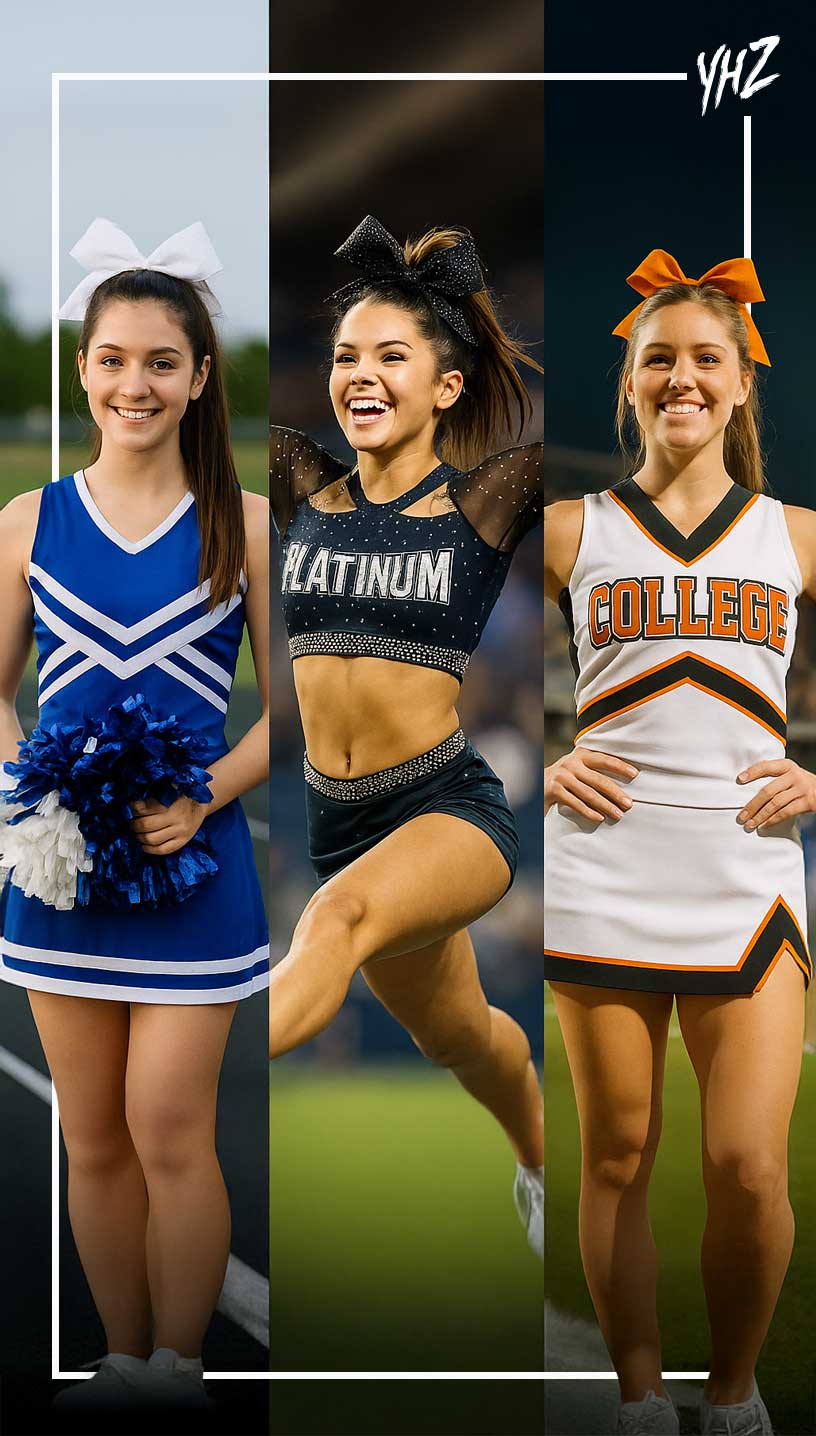
Stomp and Shake Goes Mainstream
At St. Philip’s College, Coach Zenobia Tucker is introducing Texas audiences to a rhythmic, chant-driven, dance-heavy style historically rooted in HBCUs. It’s energetic, expressive, and unapologetically cultural-a far cry from the rigid precision of traditional competitive cheer. As more colleges adopt unique styles, recruiters are valuing individuality, showmanship, and rhythm just as much as raw difficulty.
Why it matters for feeder programs
High-school and all-star programs that expose athletes to multiple cheer “dialects”-traditional, game-day, stomp-and-shake, STUNT-will produce more adaptable, recruitable talent. Versatility is the new differentiator.
The University Reboot Trend
The University of the Pacific’s decision to relaunch its squads mirrors a national wave of collegiate re-investment. Programs once considered “sideline only” are now aligning with varsity athletics, offering scholarships, and competing nationally. For high-school coaches, this translates into new pipelines, scholarship opportunities, and higher stakes for athlete readiness.
1. Style-Switch Routines
Goal: Train adaptability.
Have athletes perform a 45-second routine twice – first in traditional all-star style (tight motions, sharp lines, classic facials), then immediately in stomp-and-shake format (rhythmic, grounded, call-and-response energy).
Coaching cue: Focus on body control and facial engagement. College recruiters love athletes who can switch tempo and tone seamlessly.
2. Game-Day Command Challenge
Goal: Develop leadership and projection.
Run a “crowd-call gauntlet.” Each athlete must step to center mat and deliver a 15-second game-day call using full voice, clear diction, and eye contact – then lead a quick sideline sequence.
Coaching cue: Evaluate vocal power, presence, and clarity. College squads, especially those in HBCU or STUNT programs, value commanding communicators as much as tumblers.
3. Athlete-to-Coach Drill
Goal: Build teaching and teamwork skills.
Pair athletes and have each teach the other a short 8-count motion or jump combo. The “coach” must cue safely, correct form, and give feedback in under two minutes.
Coaching cue: This mimics the peer-teaching dynamic found in college programs and shows who can communicate technically under pressure.
What High-School and All-Star Coaches Should Do Now
1. Treat cheer like a career pipeline
Build relationships with nearby college coaches. Encourage your juniors and seniors to attend collegiate combines or open practices. Maintain updated highlight reels-colleges now scout via Instagram and YouTube as often as in-person events.
2. Cross-train for multiple cheer styles
Mix in stomp-and-shake elements or game-day chant blocks during off-season practices. Athletes who can adapt their style to fit different collegiate cultures stand out immediately in tryouts.
3. Focus on communication and leadership skills
College programs prioritize athletes who can lead, teach, and engage crowds-not just throw elite skills. Assign captains to run warm-ups, mentor younger athletes, and manage social-media content responsibly.
4. Educate parents on the new recruiting landscape
Scholarships now appear at a wider range of schools, from D-II programs to community colleges like St. Philip’s. Host a “college cheer night” each spring where families can explore new programs, financial-aid paths, and travel expectations.
5. Track academic alignment
As more cheer teams earn varsity or club-sport recognition, GPA and credit load requirements are tightening. Help your athletes stay academically eligible early.
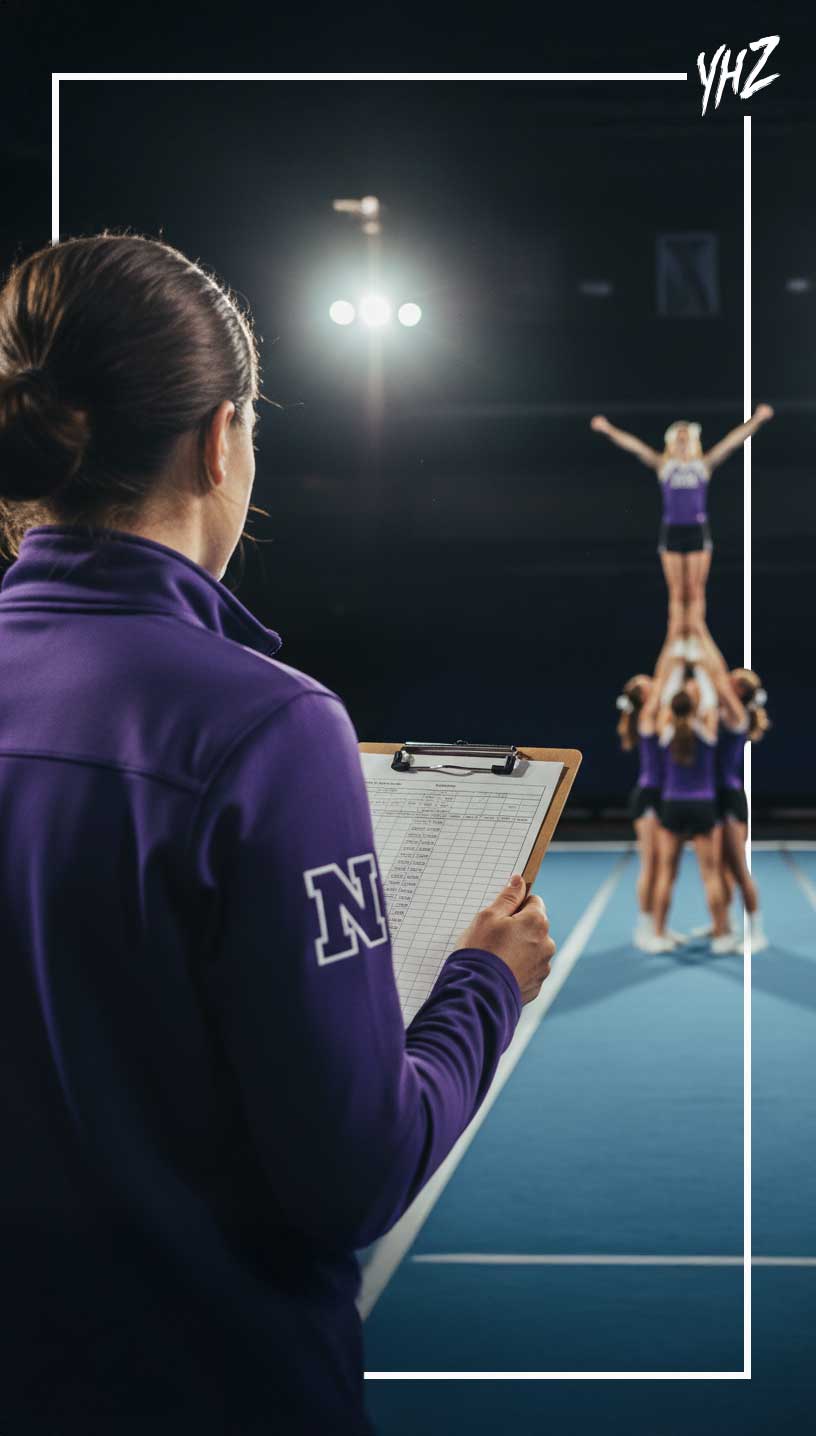
A Broader, More Inclusive Future
The expansion of competitive cheer isn’t just about more teams-it’s about more voices. HBCU-style programs like St. Philip’s introduce cultural diversity and expression that’s long overdue in collegiate cheer. This shift also challenges high-school coaches to broaden their athletes’ experiences: not every great cheerleader fits one mold, one uniform, or one choreography style.
The best feeder programs in 2025 will be those that teach adaptability-technical mastery with cultural fluency. The future of college cheer looks more inclusive, more athletic, and more expressive than ever.
IPP's Premade Mixes are USA Cheer Compliant and customizable! Add Sound FX, swap songs, & more! Add your Team Name to the mix for only $10!
